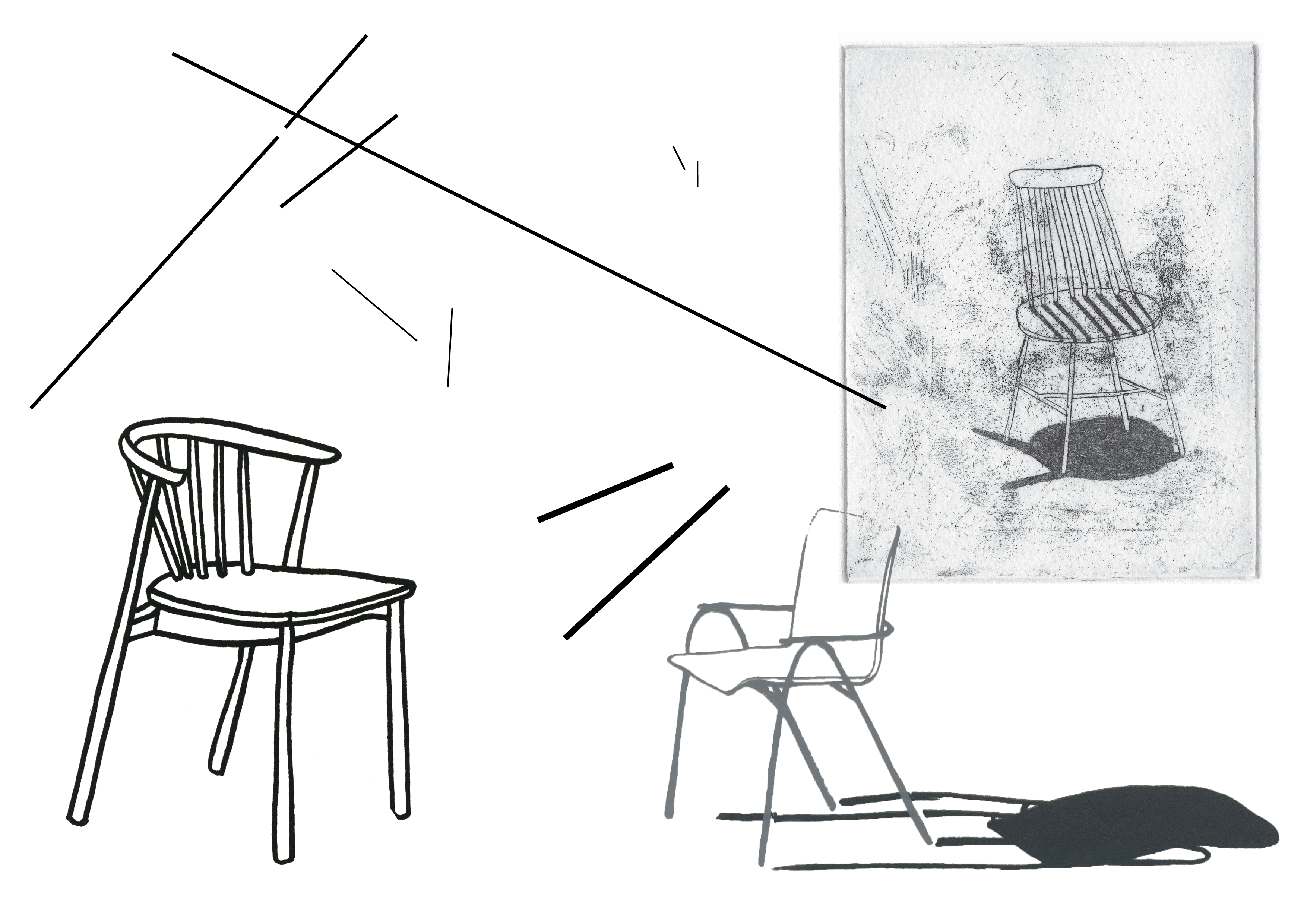'A Different Hue of Blue': Tribute, an autobiographical classroom intervention

Abstract
The research project ‘A Different Hue of Blue’ aims to expose the realities of embedding diversity and inclusivity within the curriculum of Higher Education courses. As a development initiative, written from the perspective of an educator of colour, the project uses constructive alignment (Biggs, 2014) to instigate a deeper enquiry-based journey and question perceived differences to enhance students’ academic, personal and professional development. Part of this project, the case study intervention described in this article entitled ‘Tribute’, is a two-pronged live intervention that began in the classroom, migrated into the public domain and became a pedagogic tool of great efficacy. By encouraging open discussions about race and stereotyping in the classroom, whilst tackling assumptions, prejudices and fears, this intervention provoked a sense of curiosity and motivated students to critically reflect on their belief systems.
Keywords
diversity, assumption, curiosity, intervention, cultural appropriation, social stereotype
Author Biography
Diana Donaldson
Diana Donaldson is Course Leader of the Graduate Diploma in Fashion Media Styling at London College of Fashion and an Associate Lecturer at Central Saint Martins. With a lifelong passion and involvement in the arts, Diana’s experience as a creative stylist and style consultant in allied disciplines such as film, television, editorial, catwalk and personal styling spans over 16 years in the UK, Europe, United States and Asia. Her versatility as a creative stylist is exemplified through her work with high profile celebrity clients and global brands. She is also active in producing projects for the charitable and HE sector. Diana has a multi-faceted approach as an educator and has maintained a role in education alongside her professional industry practice - as stylist, style consultant, fashion editor and art director.
References
- Appignanesi, R. (ed.) (2010) Beyond cultural diversity: the case for creativity. London: Third Text.
- Biggs, J. (2014) ‘Constructive alignment in university teaching’, HERDSA Review of Higher Education, 1(1), pp.5–22. Available at: http://herdsa.org.au/herdsa-review-higher-education-vol-1/5-22 (Accessed: 3 July 2017).
- Brookfield, S. (1995) ‘The getting of wisdom: what critically reflective teaching is and why it’s important’ in Becoming a critically reflective teacher. San Francisco: Jossey-Bass, pp.1–28.
- Campbell, B. and Manning, J. (2014) ‘Microaggression and moral cultures’, Comparative Sociology,13(6), pp.692–726. https://doi.org/10.1163/15691330-12341332.
- Finnigan, T. and Richards, A. (2016) Retention and attainment in the disciplines: art and design. London: Higher Education Academy and University of the Arts London. Available at: https://www.heacademy.ac.uk/system/files/ug_retention_and_attainment_in_art_and_design2.pdf (Accessed: 3 July 2017).
- Hahn Tapper, A.J. (2013) ‘A pedagogy of social justice education: social identity theory, intersectionality, and empowerment’, Conflict Resolution Quarterly, 30(4), pp.411–445. http://dx.doi.org/10.1002/crq.21072.
- Loke, G. (ed.) (2011) The Experience of Black and Minority Ethnic Staff in Higher Education in England. London: Equality Challenge Unit. Available at: http://www.ecu.ac.uk/wp-content/uploads/external/experience-of-bme-staff-in-he-final-report.pdf (Accessed: 3 July 2017).
- Parsons. J. (2015) ‘An introduction/review of action research and its ethical practices’, Canadian Review for Teacher Research, 30 May. Available at: http://www.teacherresearch.ca/blog/article/2015/05/30/264-an-introductionreview-of-action-research-and-its-ethical-practices (Accessed: 3 July 2017).
- Shades of Noir (2017). Shades of Noir. Available at: http://shadesofnoir.org.uk/ (Accessed: 16 July 2017).
- Tate, W.F. (1997) ‘Chapter 4: critical race theory and education: history, theory, and implications’, Review of Research in Education, 22(1), pp.195–247. https://doi.org/10.3102/0091732X022001195.
- University of the Arts London (2017) UAL code of practice on research ethics. Available at: http://www.arts.ac.uk/media/arts/research/documents/UAL-Code-of-Practice-on-Research--Ethics-February-2017.pdf (Accessed: 3 July 2017).
